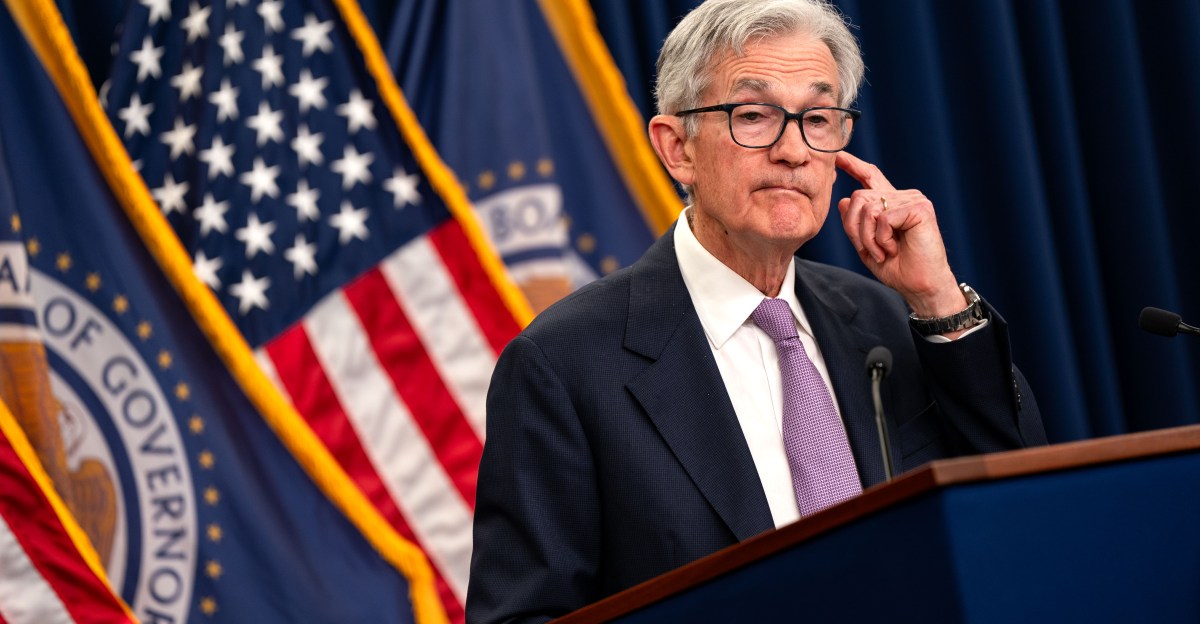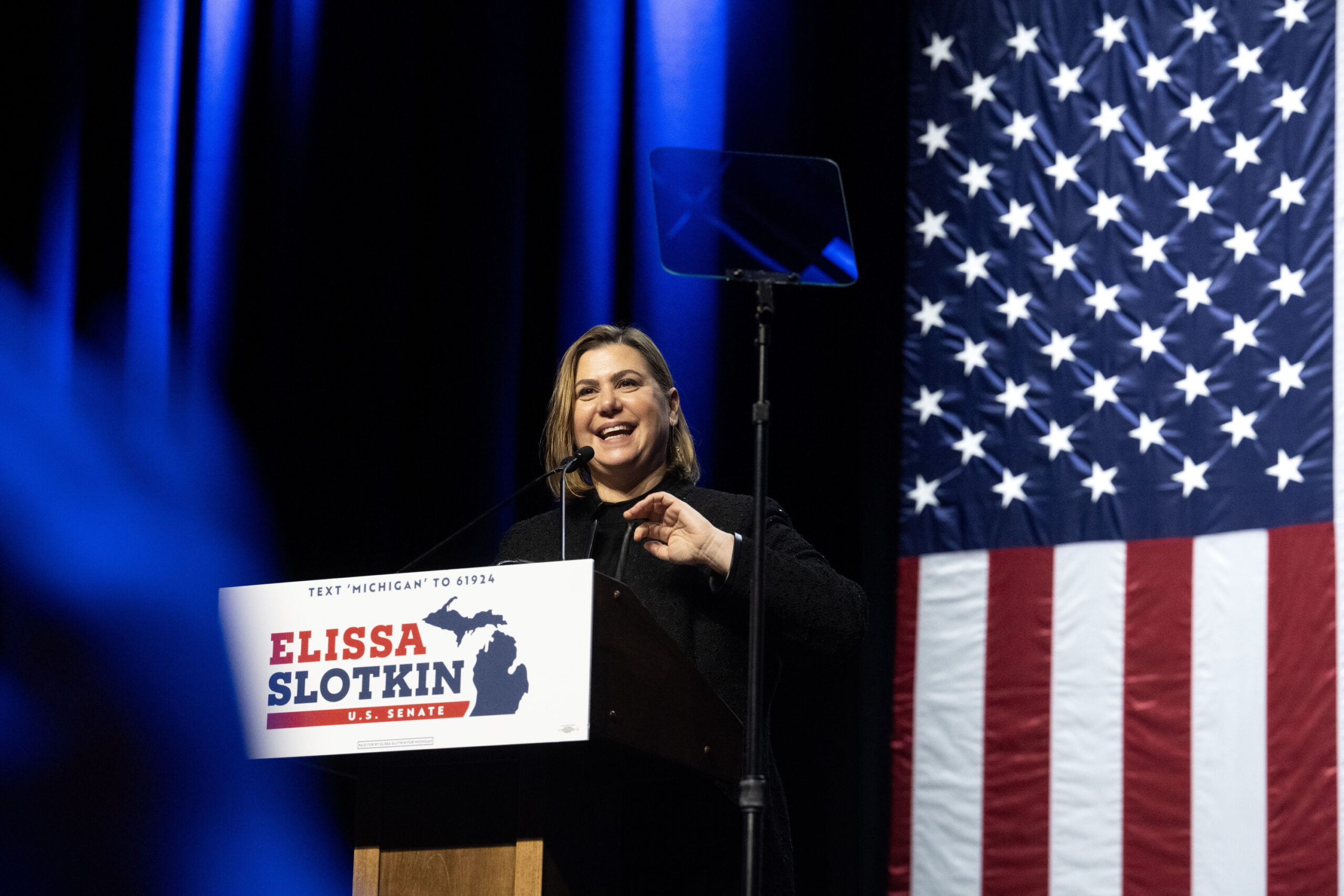It’s been over two days since a shooter climbed the roof of an industrial equipment building and fired a semi-automatic rifle at Donald Trump on a rally stage about 400 feet away, grazing the former president’s ear and shocking the nation. But the investigation into how such a security breach could happen, and the shooter’s motive, remain in their early stages.
Immediately after Trump was shielded by Secret Service agents and evacuated from the premises, FBI special agents arrived on the scene to collect evidence and respond to the incident — which is also being investigated as a potential act of domestic terrorism. On Saturday, FBI Director Chris Wray said that the “full force” of the FBI’s Pittsburgh field office and national headquarters were committed to the investigation, which will include tactical support, national security resources and the FBI’s operational technology division.
And on Tuesday, members of Congress were escalating a public push for information on the events that transpired at the rally, with several representatives receiving security briefings. Rep. Jim Himes (D-Conn.), the ranking member of the House Intelligence Committee, in a statement called on the FBI to “share as much information publicly as they are able without compromising their investigation.”
Here’s what we know — and don’t know — about the FBI investigation into Thomas Matthew Crooks, the 20-year-old would-be assassin of the former president who killed a rallygoer and injured two other attendees.
How the shooter got the gun
So far, the FBI has made some headway on the shooter’s background and history. He had no identification on him at the time of the shooting, FBI Special Agent in Charge Kevin Rojek said previously, but was identified on Sunday as the gunman after investigators ran his DNA to acquire biometric confirmation.
The gun that Crooks used in the shooting was an AR-style rifle purchased legally, the FBI said Monday in an update on its investigation. On the day of the shooting, Crooks purchased 50 rounds of ammunition from a gun shop in Bethel Park, around 53 miles south.

Crooks’ rifle was loaded with a 5.56mm cartridge, according to Rojek. Authorities said they believe the gunman’s weapon was purchased legally by his father, but Rojek has said investigators do not yet know if Crooks took the gun without his father’s permission.
Phone records and suspicious devices
On Monday, the FBI announced that it had obtained Crooks’ phone, which it sent to its labs in Quantico, Virginia. There, technicians gained access to Crooks’ phone and are continuing to analyze his electronic devices, the FBI said. Findings of the analysis are so far unclear.
After the shooting, officials discovered one improvised explosive device in his home and two in his car. Bomb technicians rendered all suspicious devices to be safe and are continuing to evaluate them at the FBI’s labs.
A review of Crooks’ shipping history has also raised some eyebrows. In recent months, some packages delivered to Crooks were marked for possibly containing hazardous material, according to an FBI bulletin obtained by POLITICO.
Suspicious packages around the shooter’s location were identified shortly after the shooting, Rojek said on Saturday, and law enforcement’s response to “several suspicious occurrences” will also be a part of the investigation, he said.
The startling unknowns about Crooks
But much of what may have driven Crooks remains unclear.
Crooks was not known to the FBI prior to the incident, the FBI said, and he acted alone, according to the FBI’s investigation so far. But the FBI is continuing to investigate whether Crooks operated with any co-conspirators in organizing the attack.
And identifying any hints as to Crooks’ motivation has proven difficult. Authorities have not identified political ideology as a motive behind the attack but were investigating the “sequence of events and the shooter’s movements prior to the shooting, collecting and reviewing evidence, conducting interviews, and following up on all leads.”
The FBI is continuing to collect evidence and said on Monday that it had interviewed nearly 100 law enforcement officials, rallygoers and other witnesses, in addition to “hundreds” of tips received online.
Rojek said at the briefing that the fact that the gunman could fire multiple shots was “surprising.” He did not respond to additional questions about the circumstances around the shooting itself or the FBI investigation.

Crooks lived with his parents 50 miles south of the location of the Trump rally in Bethel Park, Pennsylvania. He graduated from Bethel Park High School in 2022, the school said, and then attended the Community College of Allegheny County, according to a college spokesperson. He was planning to enroll at Robert Morris University in Pittsburgh this fall. All three schools expressed their condolences for Trump and the victims of the shooting.
“We have been in touch with law enforcement and stand ready to assist in their investigation,” an RMU spokesperson wrote in a statement to POLITICO.
No matter the Trump rally shooter’s motive, agencies warned in a bulletin on Monday that violent extremists or others “may attempt follow-on or retaliatory acts of violence” in response to the attempted assassination of Trump.
What the Secret Service is saying
The remarkable sequence of events that allowed a gunman to unimpededly climb a roof with a clear view of a Secret Service protectee has prompted a wave of scrutiny of the federal agency charged with protecting political leaders and their families. While Secret Service personnel immediately protected Trump and killed the shooter in the moments after the attack, criticism has focused on potential lapses in security before the first gunshots rang out.
“It was unacceptable,” Secret Service Director Kimberly Cheatle told ABC News in an interview Monday. “And it’s something that shouldn’t happen again.”
Cheatle, who is in Milwaukee this week to coordinate the security of the Republican National Convention, said that she felt “shock” and then “concern” about the shooting, reiterating the Secret Service’s responsibility for the protection of Trump and other presidential candidates. She added that the Secret Service planned to expedite SWAT support for Trump.

Cheatle has also quickly become the target of action on the Hill, which is seeking to conduct its own investigations into what happened on July 13. She will testify before the Republican-led House Oversight Committee on Monday.
“Secret Service is not political,” Cheatle told ABC News. “Security is not political. People’s safety is not political. And that’s what we’re focused on as an agency.”
Cheatle and other senior administration officials have also pledged to fully cooperate with both Congress and an independent review panel which will probe how the Secret Service failed to prevent the assassination attempt. Department of Homeland Security Secretary Alejandro Mayorkas said in a press conference on Monday that who will lead the independent review has not yet been determined.
“A direct line of sight like that to the former president of the United States should not occur,” Mayorkas said in an interview with “Good Morning America” on Monday, adding that the independent review would make recommendations to both the Secret Service and DHS to improve the security of protectees.













